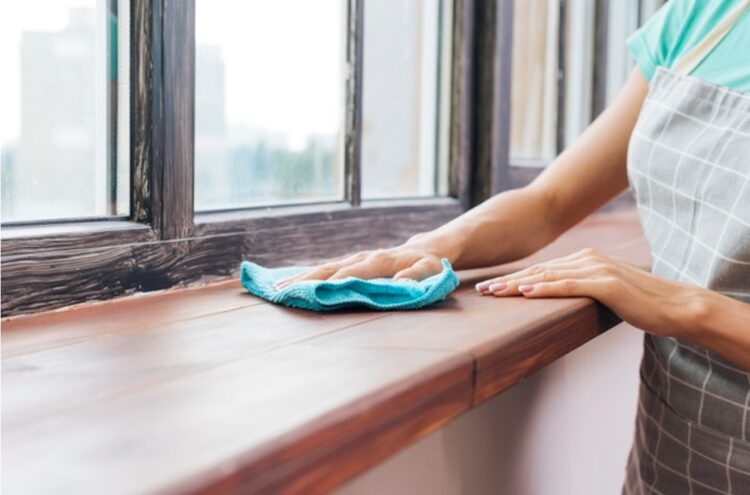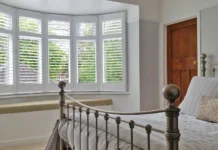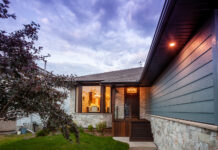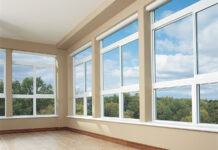
You may not be prepared to admit it just yet, but the fall season is nearly here. As you look out your window at the leaves turning, and open the door to a crisp breeze of September air, you should start thinking about maintaining those windows and doors.
The cold, wet temperatures of fall and the subsequent icy-cold winter weather can be tough on your home. Think of your windows and doors as the home’s barriers to the outside world; functioning correctly, they should be well sealed and capable of keeping the cold outside. If they are poorly maintained, however, they can cause drafts, moisture problems and mold.
Before the cold weather descends, take a moment to consider your windows and doors. In this article, let’s walk through common issues you may encounter. Let’s discuss how to maintain your windows and doors to ensure they stay sealed, clean and functional. And let’s explore your options for window and door replacement at Goldenwindows.com if the need arises.
Spotting Common Issues with Your Windows and Doors
The first step toward preparing your windows and doors for the fall is vigilance. Too often, homeowners overlook problems with their installations until it’s too late. They either assume the best or simply don’t know what warning signs to look for.
This section will guide you through a few common issues, offering tips for inspection.
-
Condensation
Homeowners should stay on top of window condensation. Occurring during cold weather, when the home’s warm inside air comes into contact with cool surfaces (like glass,) condensation can lead to rust, rotting or mold (more on that below.)
Condensation is easy to spot: just look for water droplets on the glass, between glass panes, near the window sashes and weather seals and on the walls.
-
Mold
Mold is often caused by condensation and poses a severe problem. Allowed to proliferate, it can cause structural problems in your home and health problems for your family. It’s best to nip mold in the bud.
Operable windows are a fantastic way to mitigate mold in the home. After you have a shower, to evacuate the steam and moisture from your home, open your windows. But what happens when the windows themselves get moldy?
To determine whether you see mold (as opposed to dirt,) take a swab of household bleach to the affected area. If the swabbed area lightens in color, it’s probably mold.
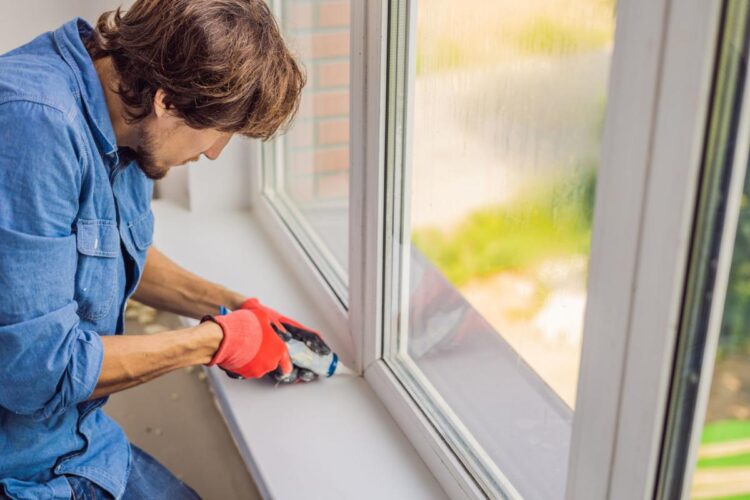
-
Peeling
Your windows and doors aren’t just functional. They also serve an aesthetic purpose, improving your home’s curb appeal. Curb appeal is the impression your home makes from the curb, and it can significantly affect resale value. It’s also a point of pride – you want the best-looking house on the street, the envy of your neighbors.
If you notice peeling, dents or cracks, take action either by repainting the windows and doors or replacing them.
-
Operational Difficulty
Finally, you want these installations to operate smoothly. If you have to labor to open an awning window or the doorknob feels stiff and cranky, they need your attention.
Prior to fall, take a trip around your home. Test each window’s hardware (hinges, tracks, locking mechanisms, etc.) to ensure smooth operating, and test each door for the same.
Maintaining Your Windows and Doors
Window and door maintenance should be done annually to keep them performing properly. It’s also a wise idea to do annual maintenance to ensure maximum warranty coverage.
To maintain your windows and doors, and discourage condensation and mold, follow these simple tips:
- Keep the relative humidity in your home somewhere between 30% and 40% to control the moisture and prevent condensation.
- Consider buying or installing a dehumidifier to discourage moisture further.
- Open windows for a short time to encourage cross-ventilation.
- To keep windows and doors working smoothly, inspect the operating hardware, and lubricate if necessary with light oil or a silicone spray.
- Vacuum any accumulated debris from the window tracks.
- If you are dealing with vinyl or aluminum surfaces, apply a light touch – use mild soap and water with a microfiber cloth.
- Check for cracks or spots with missed caulking and fill them in with a bead. If necessary, re-caulk windows to ensure there is a tight seal.
- When the winter hits, remove your window screens.
You only need to undertake these simple tasks once a year, so set a date in your calendar this fall and make a day of it. Altogether, the entire house shouldn’t take longer than a couple of hours, and your reward will be safer, more secure windows and doors.
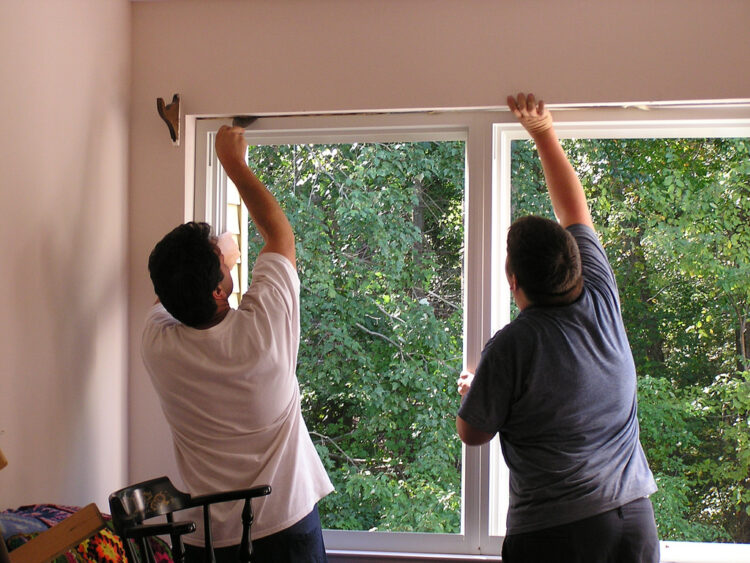
Replacing Your Windows and Doors
Maintenance can only do so much. If you have noticed a steady increase in your energy bills, chances are you have inefficient or improperly installed windows or doors. If that’s the case, it’s certainly best to replace them now, before the cold weather hits.
Residential windows tend to last between 15 and 30 years, so if you’re in that timeframe, you should also consider a replacement.
When looking for replacements, prioritize efficiency and craftsmanship. This is a long-term investment, and the more efficient your new installations are, the more you will save over time on energy.
As added encouragement, you can also view them as an investment in resale value. As mentioned above, curb appeal is a significant factor in resale value, and your windows and doors are a significant factor in your curb appeal. Therefore, they should provide you with a healthy return on investment.
Finally, make sure that you find a professional installation team. Some homeowners buy amazing, efficient windows, only to render their purchase ineffective by mishandling the installation with a DIY job. To preserve your investment, it’s best to leave the installation to the pros.
To summarize, look out for condensation, mold, peeling and operational problems. Maintain your windows and doors with moisture-control measures and annual cleaning. And, if your doors are old or ineffective, don’t hesitate to replace them. Windows and doors are your home’s first defense against the outside weather. This fall, show them some TLC.


